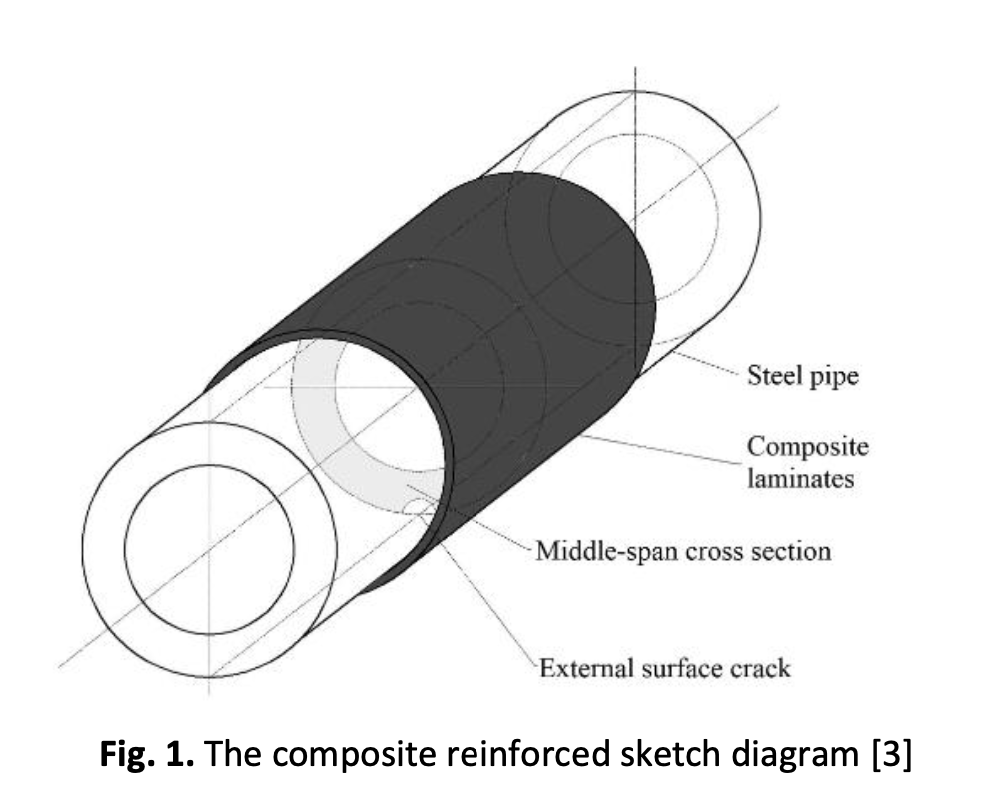Finite Element Analysis (FEA) of Fiber-Reinforced Polymer (FRP) Repair Performance for Subsea Oil and Gas Pipelines: The Recent Brief Review (2018-2022)
DOI:
https://doi.org/10.37934/araset.32.3.366379Keywords:
Finite Element Analysis, Fiber-reinforced polymer, oil and gas, pipelineAbstract
Fiber-reinforced polymer (FRP) materials are used to reinforce and repair subsea pipelines in the oil and gas (O&G) industry due to their great strength-to-weight ratio as well as corrosion resistance. The extreme environmental conditions that subsea pipelines must endure include high pressure, high temperature, as well as corrosion. Modelling the effects of these conditions on the repaired pipeline can be challenging, and inaccuracies in modelling the underwater environment can lead to incorrect predictions regarding the repaired pipeline's behaviour. The finite element method (FEM)’s capabilities, as well as applications, are examined in this work. FEM is being used in place of time-consuming processes and conventional codes since they have demonstrated their strength as prediction tools. This article provides information on the to better understand the accuracy and reliability of the FEA modelling techniques used to simulate the behaviour of the FRP repair system under different operating conditions. The descriptions focus on the many types of composite fibres and the qualities that come from their components. Related document gathering was conducted from 2018-2022 and research on 53 papers were downloaded and acquired from the Scopus and Science Direct database. The review also discusses the insight into the practical implementation of finite element analysis (FEA) modelling involves understanding how FEA is used to solve real-world problems. Moreover, the findings show that by diversifying the FRP materials used in the repair design, the overall performance of the repaired pipeline can be optimized, leading to increased safety and reliability in subsea O&G operations. Also, the scope for future studies.
Downloads





























